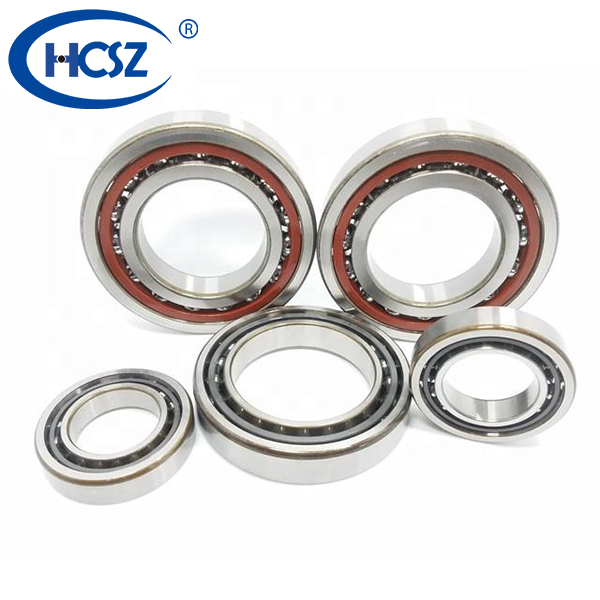From point A to point B is something we often take for granted. Bearings specifically designed for the railway industry provide the reliability and safety we expect. The bearing requirements for railways can be divided into three major categories: drive system bearings (transmission, traction drive, axle suspension), chassis bearings (wheelsets, brakes), and body bearings (couplers, door systems). The product range includes high-load ball and roller bearings for transmissions and drives, as well as rod end spherical bearings and control bearings for chassis and door systems.
Transport bearings may be invisible to consumers, but they are crucial to the safety and success of products. Whether you are designing brakes, engine components, axle suspensions or other important parts for the transportation industry, choosing the right bearings will help you provide fast, safe and reliable transportation by road or rail.
Which types of bearings are commonly used in the transportation industry?
Due to such diverse applications, there are several different varieties of bearings, including high-capacity ball bearings and roller bearings (used in drive and transmission systems) and rod end bearings and control bearings (used in door and chassis systems). Commonly used bearings in the transportation industry include:
Tapered roller bearings. These bearings’ conical ends can withstand high stress and can handle large radial and thrust loads. Tapered roller bearings are ideal for heavy-duty transportation applications, and many manufacturers orient the tapered roller bearings in opposite directions to provide maximum stability.

Ball bearings. Ball bearings are a common type of bearing in the transportation industry. Specifically, deep groove ball bearings offer a strong choice for railway applications.
Cylindrical roller bearings. Cylindrical roller bearings can withstand heavy radial loads and contain rollers that are slightly longer than their diameter. These long rollers have several important characteristics, including high load-carrying capacity, excellent speed capability, and a long service life, making them a common choice in the railway industry.
Rod ends. Rod end spherical plain bearings can correct misaligned components in connecting rod applications and can support medium to heavy loads at various speeds. These bearings are known for their durability and reliability.
What are the common applications of these bearing types?
Bearings are suitable for various transportation industry applications, including axles, traction motors, and drive units. These use cases fall into three main categories:
All components of the transmission system, including the transmission, clutch, drive shaft, differential, etc., can benefit from incorporating robust bearings into the system design. Other common applications of drive system bearings include axle suspension and traction drive motors. At Emerson, we produce cylindrical roller bearings with ceramic coatings and special internal clearances, designed to enhance performance, reliability, and product lifespan.
Chassis bearings
Rotational motion is key to chassis performance, and bearings offer a simple way to increase the speed and lifespan of the chassis system. Selecting the right bearings can enhance the performance of multiple chassis sub-assemblies, including brakes, wheelsets, etc.
Body bearings
The body of your vehicle, whether it is a car or a locomotive, provides the final layer of safety and durability. Bearings help facilitate high-speed movement in a variety of body applications, including connectors, door systems, etc.
Post time: Sep-10-2025